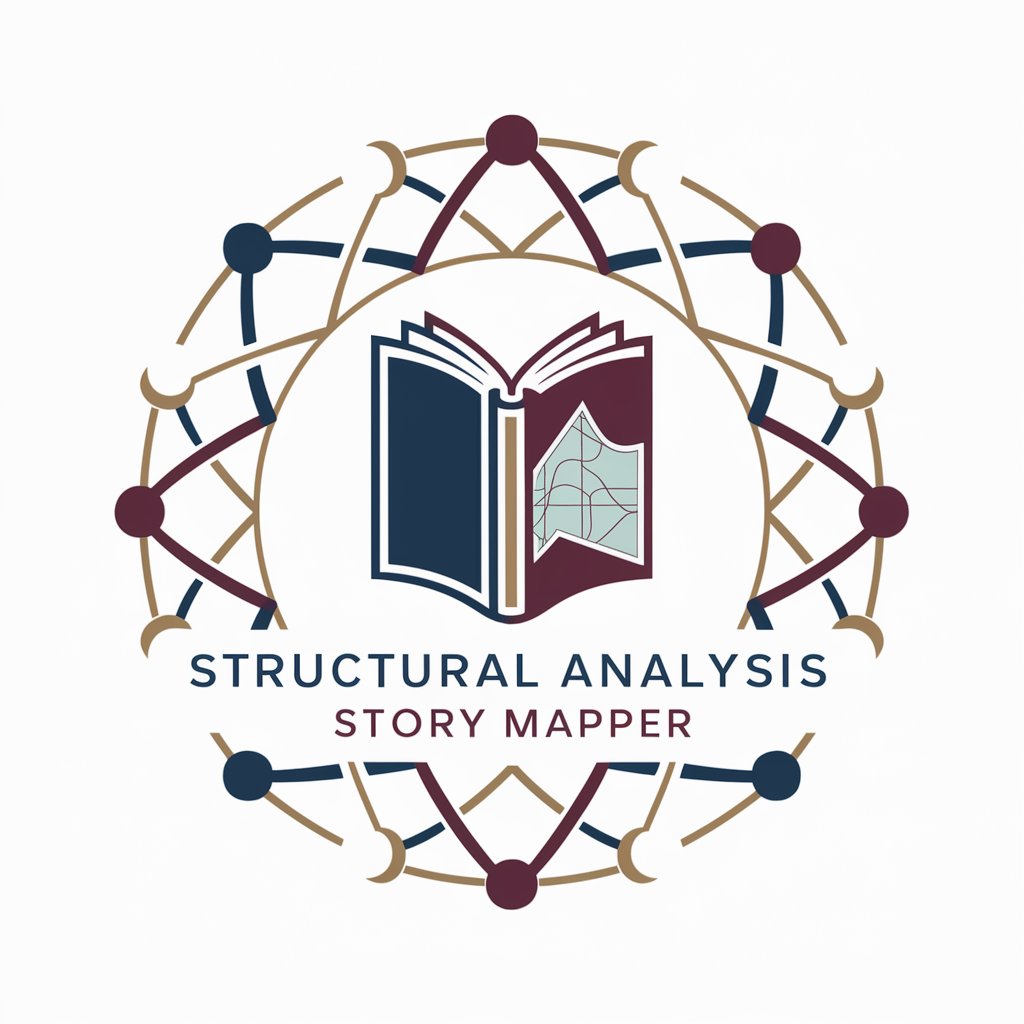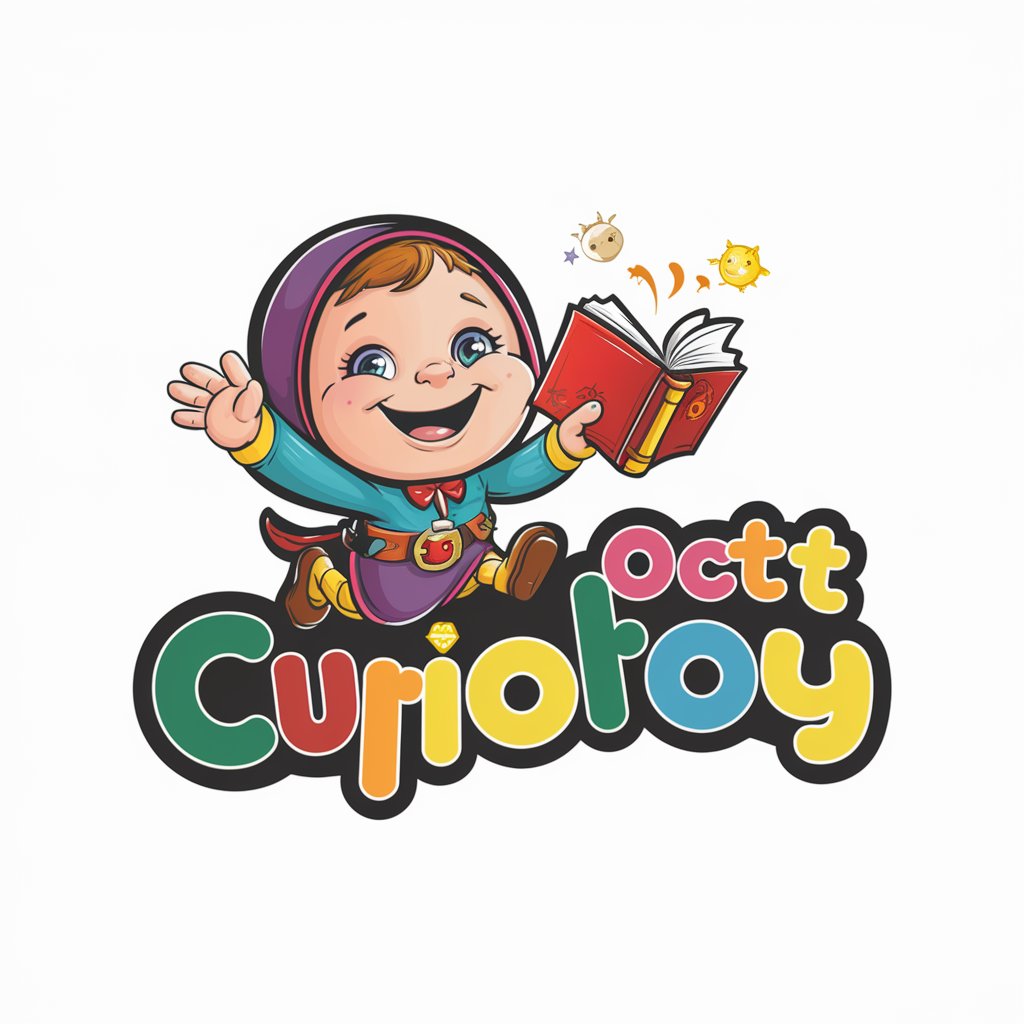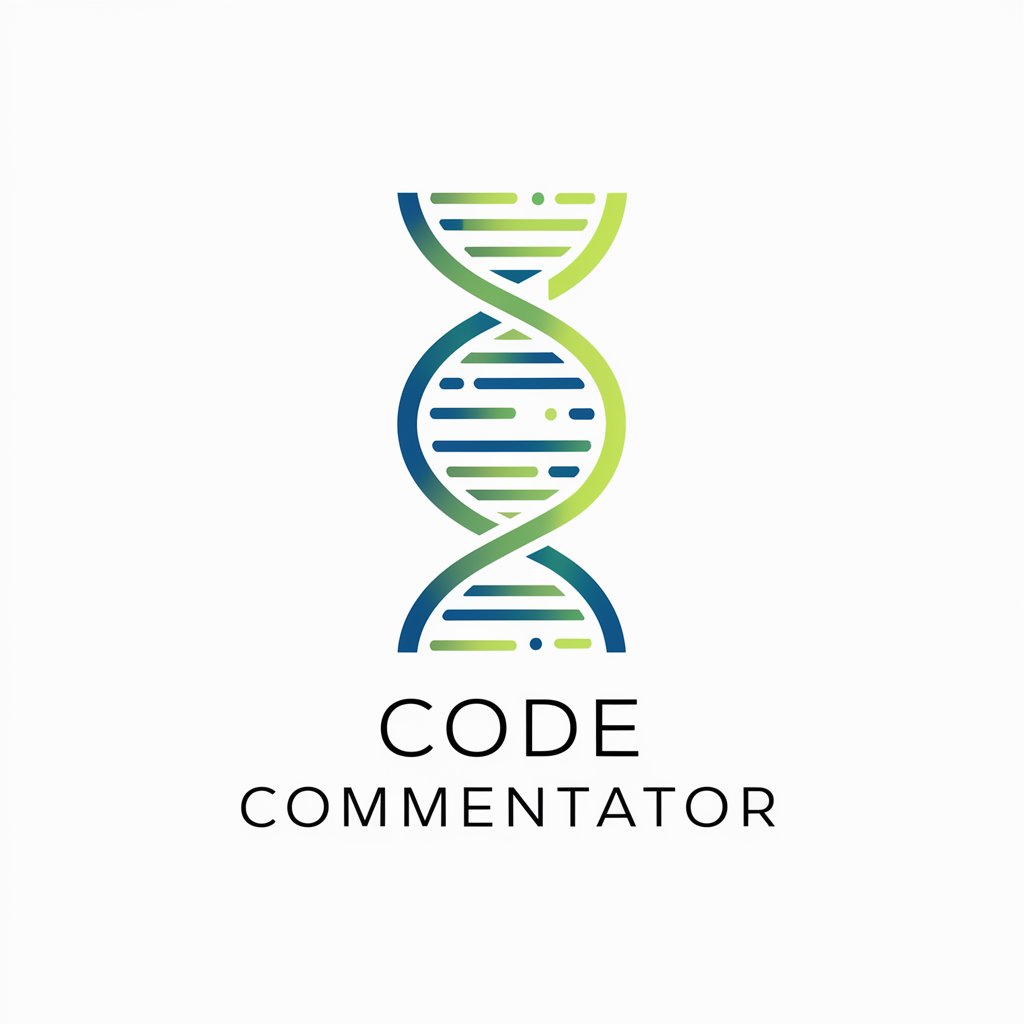構造主義的分析GPT - Story Structure Visualization

Welcome to Structural Analysis Story Mapper, your expert in narrative and literary analysis.
Illuminate your narrative with AI-powered analysis.
Analyze the narrative structure of the following literary work:
Map out the key patterns and relationships in the story:
Generate an infographic that highlights the main themes and motifs in the text:
Provide a structuralist interpretation of the characters and their roles within the narrative:
Get Embed Code
Introduction to Structuralist AnalysisGPT
Structuralist AnalysisGPT is designed as an advanced analytical tool that delves into the structural aspects of literary works, emphasizing the underlying patterns, systems, and relationships that define narratives. Its core purpose is to unravel the complexities of texts, offering both scholars and enthusiasts a deeper understanding of story construction. By analyzing narratives through the lens of structuralism, this GPT provides insights into how stories are built, identifying recurring motifs, themes, narrative structures, and character archetypes. For example, it can dissect a novel to illustrate the hero's journey, or map out the binary oppositions within a story, such as good vs. evil, to reveal how these elements contribute to the narrative's overall meaning. Powered by ChatGPT-4o。

Main Functions of Structuralist AnalysisGPT
Narrative Structure Mapping
Example
Creating a visual diagram that outlines the stages of the hero's journey in a classic novel.
Scenario
A literature professor seeking to provide students with a clear understanding of Joseph Campbell's monomyth theory as it applies to 'The Lord of the Rings'.
Theme and Motif Identification
Example
Highlighting the recurring motifs of light and darkness in 'Heart of Darkness' and how they contribute to the thematic complexity of the narrative.
Scenario
A book club discussing the symbolic meanings behind the motifs in Conrad's novel and their implications on the interpretation of the story.
Character Archetype Analysis
Example
Analyzing the roles of characters in 'Harry Potter' series as per Carl Jung's archetypes to understand their contributions to the story's dynamics.
Scenario
A writer looking to construct well-rounded characters by drawing inspiration from archetypal analysis to enhance their own storytelling.
Binary Opposition Examination
Example
Examining the binary oppositions in 'Pride and Prejudice', such as social class differences, to explore how these conflicts drive the narrative forward.
Scenario
A student writing a thesis on the role of social class in romantic literature, using 'Pride and Prejudice' as a case study.
Ideal Users of Structuralist AnalysisGPT Services
Academics and Researchers
Scholars in the fields of literature, cultural studies, and humanities who require in-depth analysis and innovative perspectives on texts for their research, teaching, or publication efforts.
Writers and Content Creators
Authors, screenwriters, and other creative professionals looking for a deeper understanding of narrative structures and character archetypes to enhance their storytelling capabilities.
Students
Undergraduate and graduate students studying literature or related fields who need assistance in analyzing texts, preparing for exams, or developing their thesis projects.
Book Clubs and Literature Enthusiasts
Groups or individuals with a passion for literature seeking to explore and discuss the deeper meanings, themes, and structures within their favorite works.

How to Use Structural Analysis Story Mapper GPT
Step 1
Visit yeschat.ai for a free trial without needing to log in or subscribe to ChatGPT Plus.
Step 2
Choose 'Structural Analysis Story Mapper' from the available GPT options to begin your session focused on literary analysis.
Step 3
Input the title of the story or a brief description of the narrative you wish to analyze. You can also upload a file for a more detailed analysis.
Step 4
Specify your analysis request, whether you're looking for themes, character relationships, or narrative structure, to guide the GPT's focus.
Step 5
Review the generated analysis and infographic. For further insights or clarifications, continue the conversation with the GPT by asking follow-up questions or requesting additional diagrams.
Try other advanced and practical GPTs
Time Table Generator
Streamline Your Schedule with AI

Bioinformatics Expert
Empowering bioinformatics research with AI.

ML Professor
Empowering Intelligence with AI-Powered Analytics

bananaGPT
Peeling Creativity with AI

模写マスター
Precision in Every Pixel, Powered by AI

知识小伙伴
Empowering Young Minds with AI

Code Commentator
Deciphering Bioinformatics Code with AI

Linux Python Pal
Empowering your code and command line journey with AI.

A&G: Amazing Girlfriends RPG - 神奇女友 - 素晴らしい彼女たち
Craft Your Story with AI Companions

どしたん、話聞こか?
Your Empathetic AI Companion

Blog Content Outline Generator
Effortlessly Structure Your Ideas with AI

ひとり会議室
Elevate brainstorming with AI-driven insights

FAQs about Structural Analysis Story Mapper GPT
What is Structural Analysis Story Mapper GPT?
It's a specialized AI tool designed to analyze and visualize the structure of stories, offering deep structuralist interpretations and creating infographics-style diagrams to illustrate patterns, systems, and relationships within narratives.
Can it analyze non-English texts?
Yes, it is fluent in English and Japanese, allowing it to process inputs and provide analysis in both languages, catering to a diverse range of literary works.
How can this tool help academic research?
By providing detailed analyses of narrative structures, character relationships, and thematic elements, it aids scholars in uncovering deeper insights into literary works, supporting theoretical frameworks and research findings.
Is it suitable for casual readers?
Absolutely, casual readers can use this tool to gain a better understanding of their favorite stories, explore underlying themes, or discover new interpretations that enhance their reading experience.
Can it generate custom infographics?
Yes, based on the analysis, it can generate custom infographics that visually represent the story's structure, character dynamics, and thematic patterns, making complex ideas more accessible and visually engaging.
